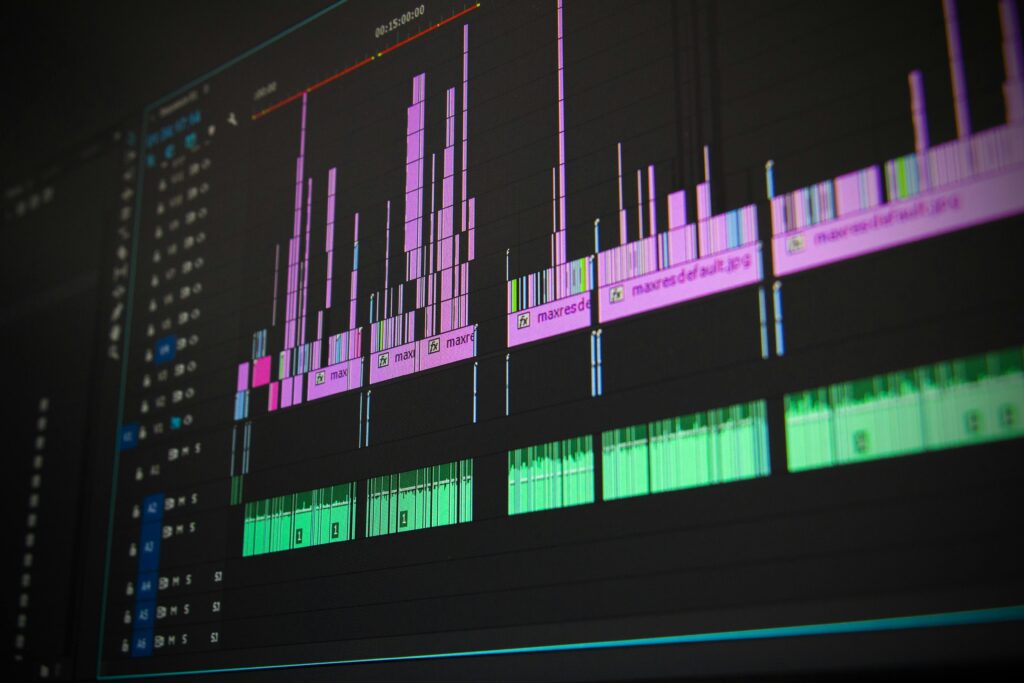Abrasive blasting can be a messy business, or it least traditionally it could be. The preparation of industrial materials and surfaces can be handily contained within a blast cabinet and these devices have, as a result, become a vital tool in the armory for many businesses.
Cabinets allow for the effective treatment of a surface in a self-contained area, with the operator able manipulate the material through rubber gloved shaped arm holes.
But, there’s more than one type of cabinet to use. So, how do you know which one is best for you? The important thing to do is to look at what the different types are and what their strengths are, so that you can opt for the one that best fits your needs.
Here’s a quick guide to abrasive blast cabinets to help you to choose:
Suction
Suction blast cabinets draw abrasive up to an air stream and into a gun to apply to the surface. They cost less than pressure cabinets, owing to the fact that they are often cheaper to build. Operating costs are also lower, with the blast media in this instance using suction and not pressure to work. You might also find that the ‘wear and tear’ is less pronounced in a suction cabinet. However, the downside is that such cabinets can’t handle tougher tasks and will probably have a slower performance.
Pressure
Pressure cabinets benefit from the sort of strengths that suction models don’t have. They are quicker and can be used with more types of media (lightweight media types often need the high velocity of a pressure system to be effective) to complete much more demanding blasting tasks. In order to push blast media through a hose and nozzle they put the parts under greater strain so might cost a little more to run. The initial outlay tends to be higher for pressure cabinets too.
Wheel
The above are the two most common type of cabinets but they are not the only options. Wheel blast cabinets can be used to prepare wheels for re-coating and are particularly useful for people in the automotive industry, with the ability to handle wheels of a variety of shapes and sizes.
Specialist
That’s not the only form of specialist cabinet either. It is possible to get custom cabinets that handle all sorts of tasks relevant to specific industries. There are cabinets, for example, that can process jeans to give them a ‘distressed look’.
On top of this there are other considerations to bear in mind. Cabinets come in a variety of sizes, depending on the surface they are required to handle, and can be fixed to a particular location or be mobile (although this clearly restricts the size of cabinet you can purchase).
With this in mind you need to assess the nature of the task in hand. The size of the task, your budget, the frequency with which you’ll need a cabinet, the space, the surface you need to prepare and the media you wish to use all need to be weighed up and, using the information above, you’ll then be able to select the right cabinet for your business.
- Why Going Green with Tech Doesn’t Need to Cost the Earth - September 18, 2020
- Under 13s Most Likely to Suffer a Phone Related Injury - August 22, 2020
- The Products You Need for a Business on the Move - June 16, 2020




Comments are closed.